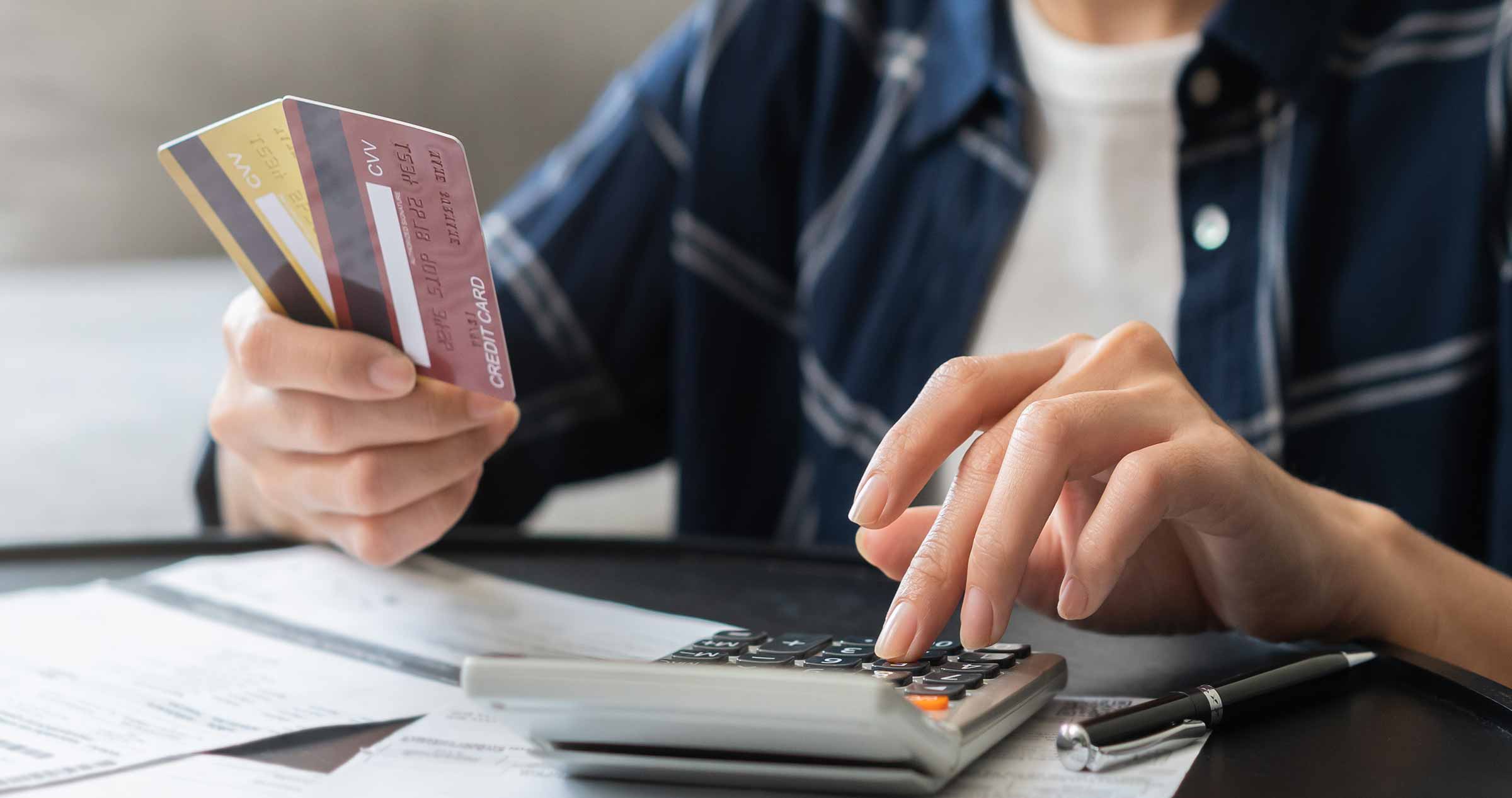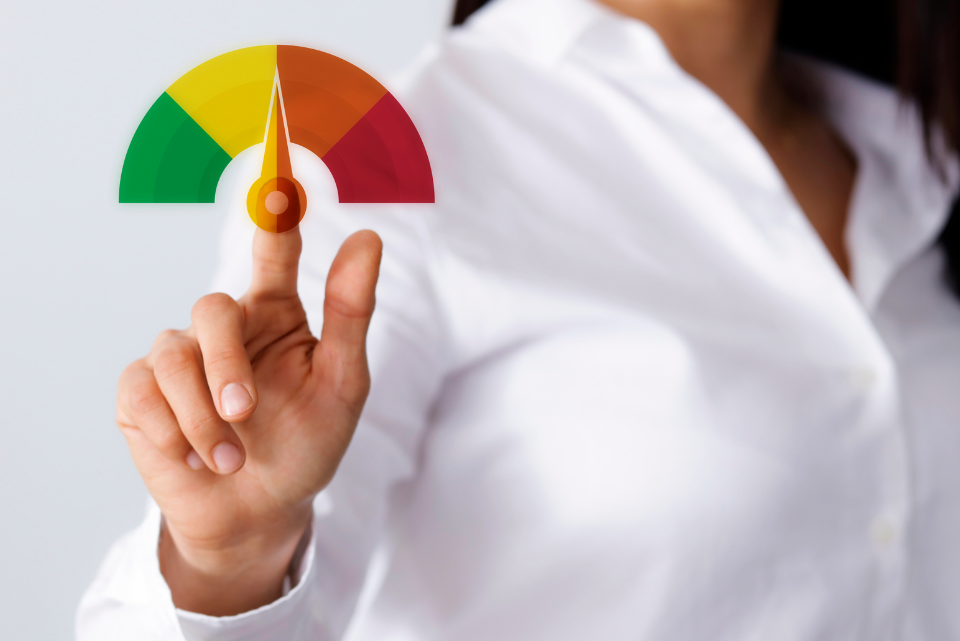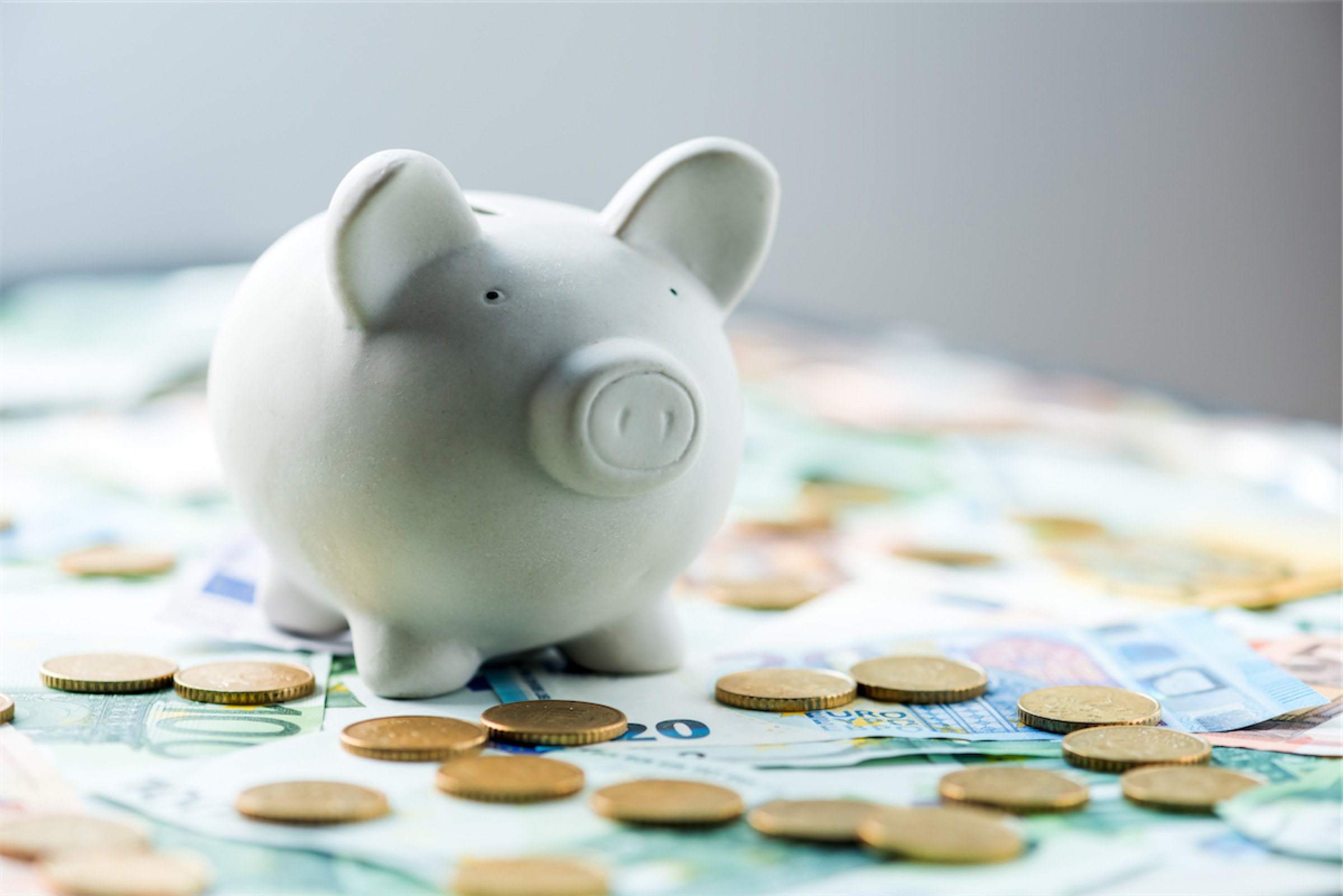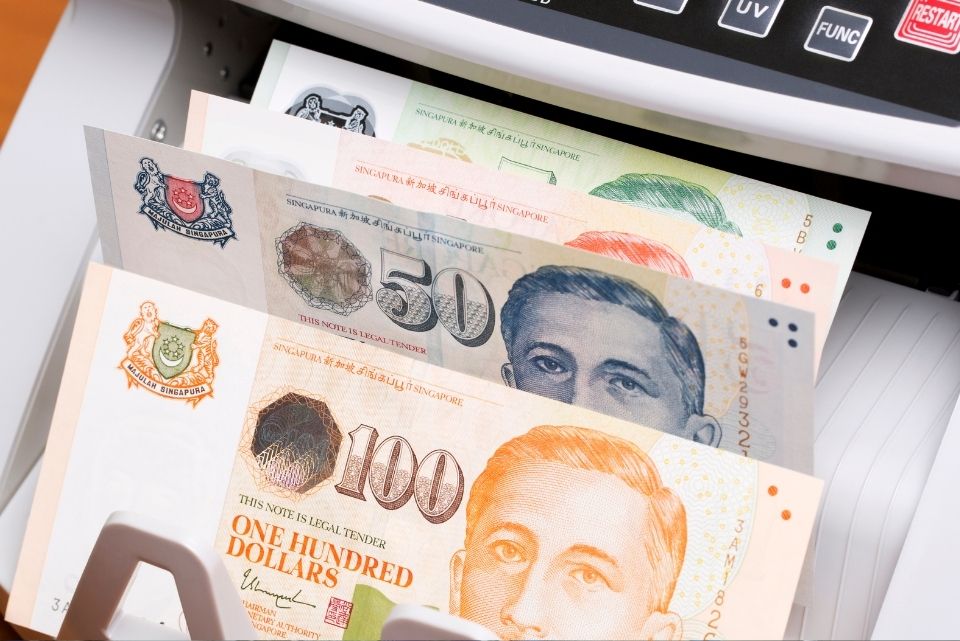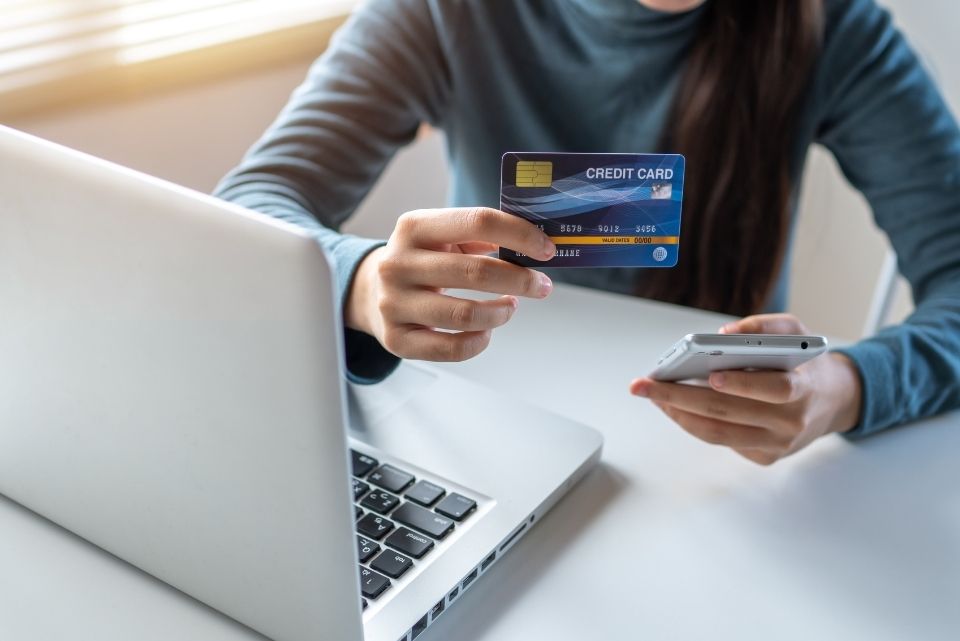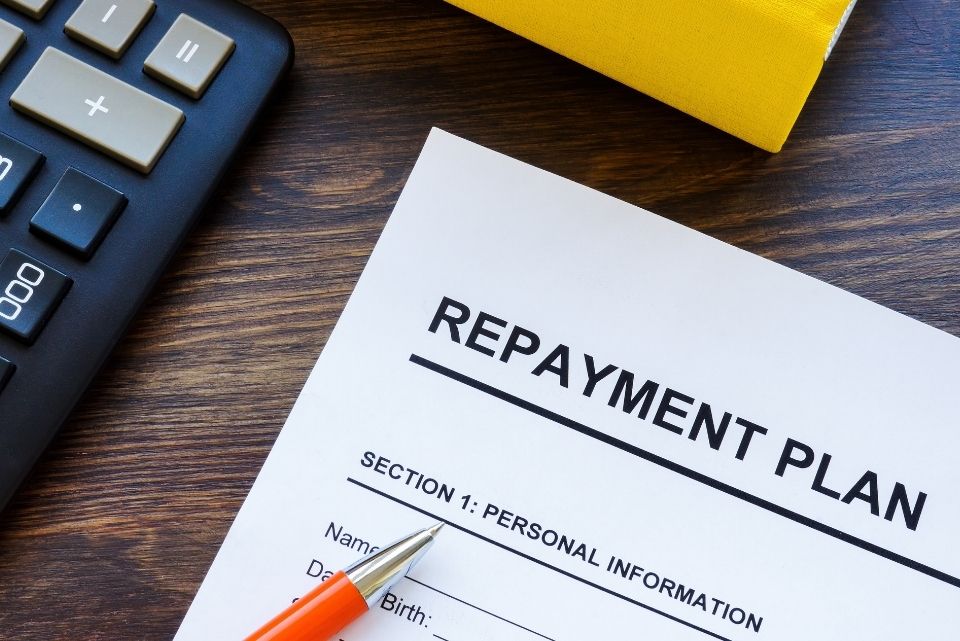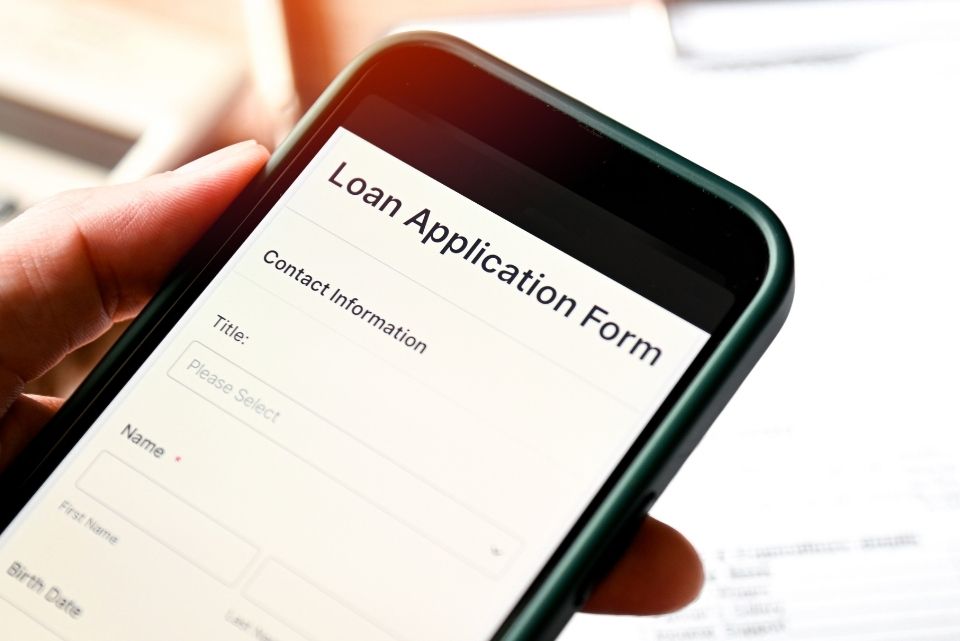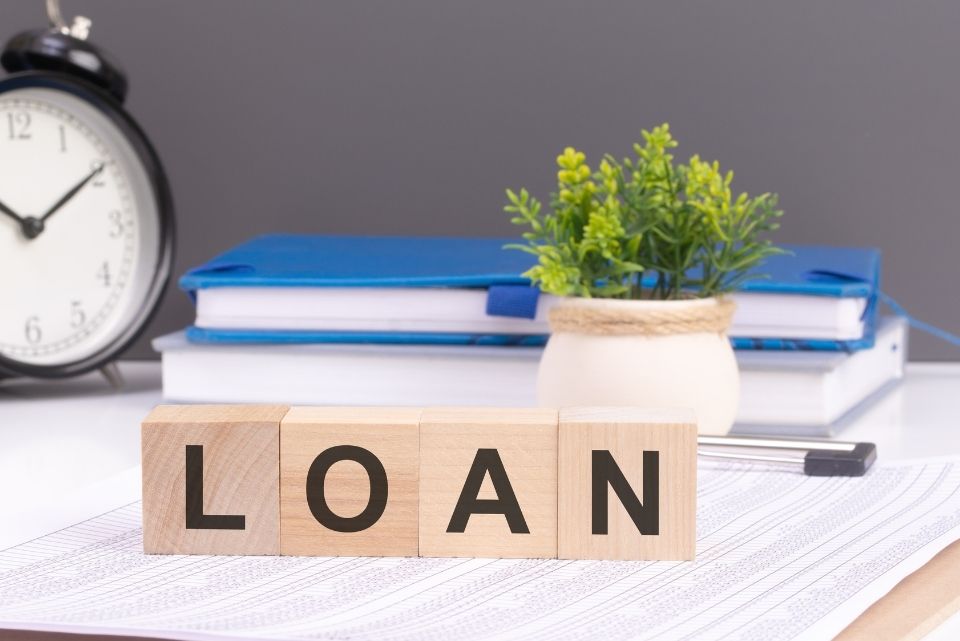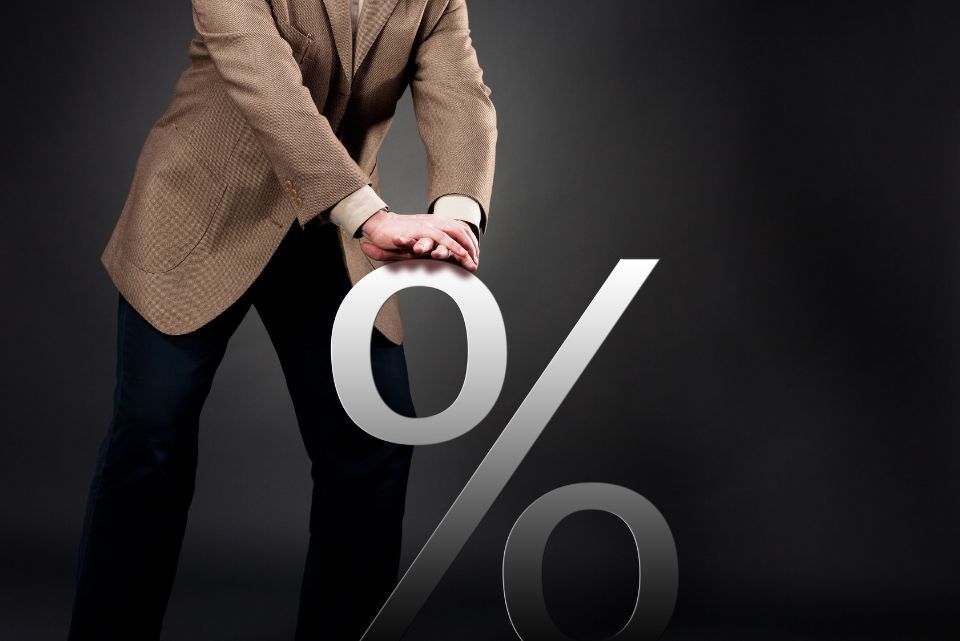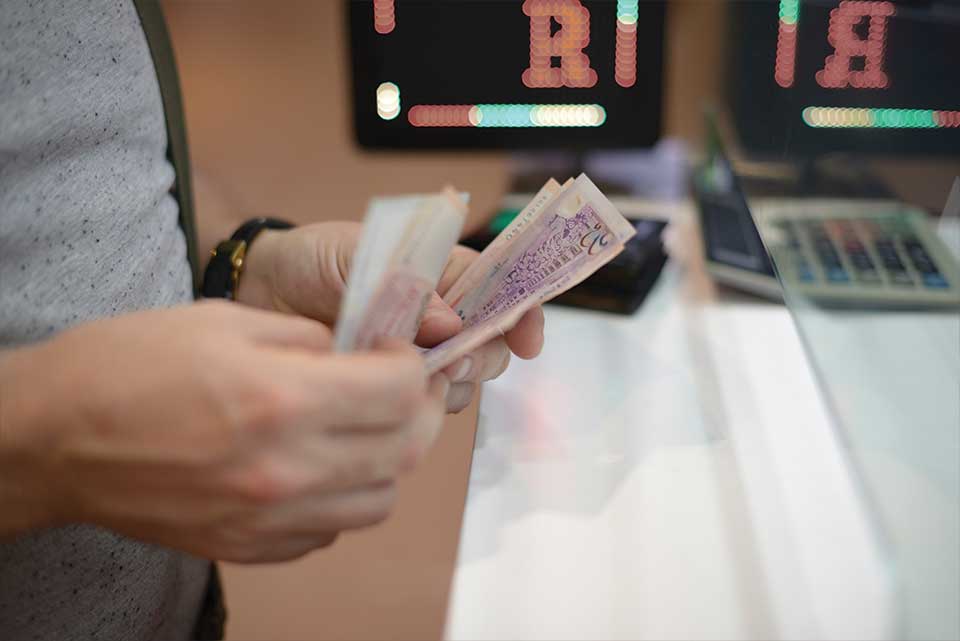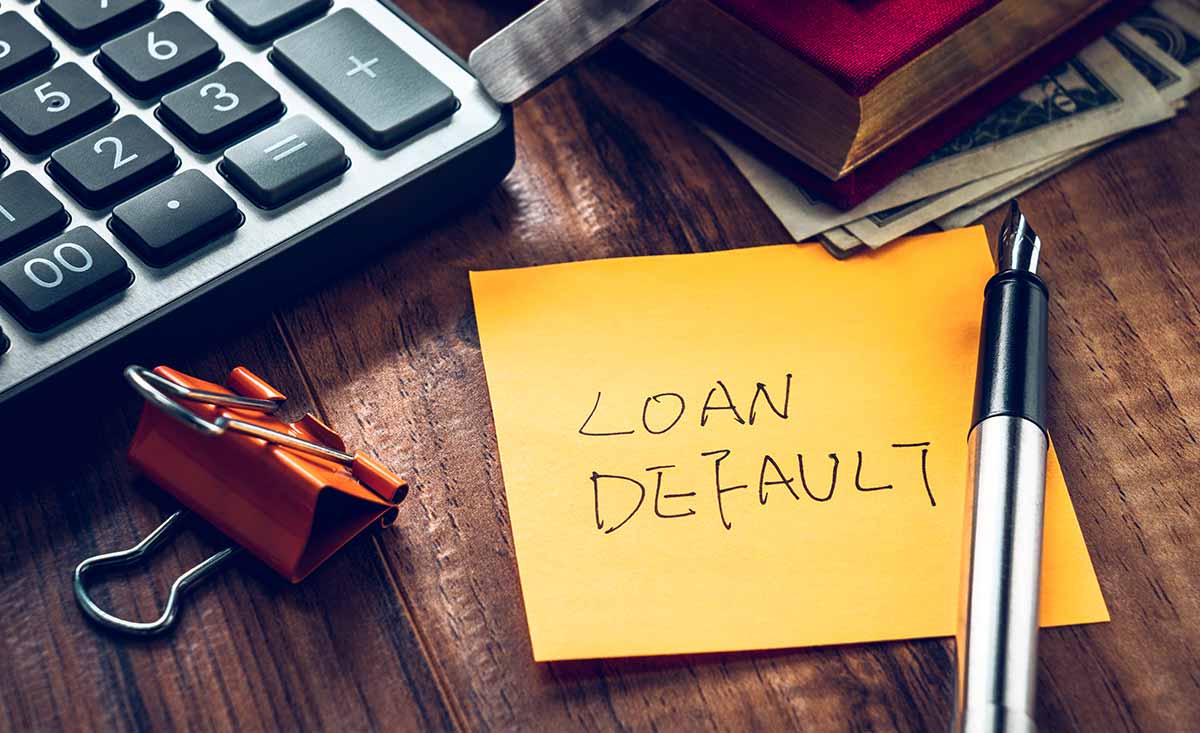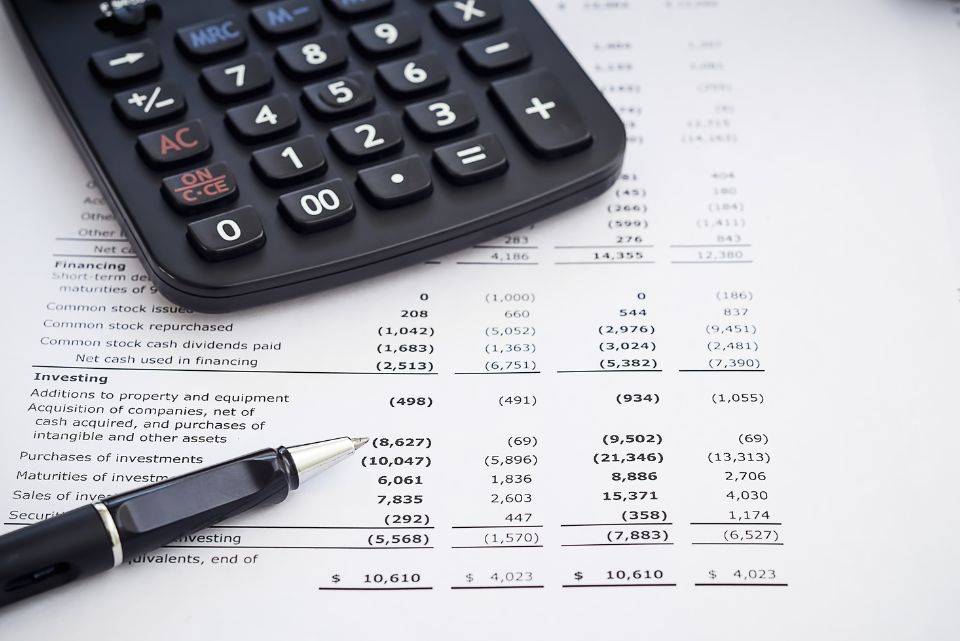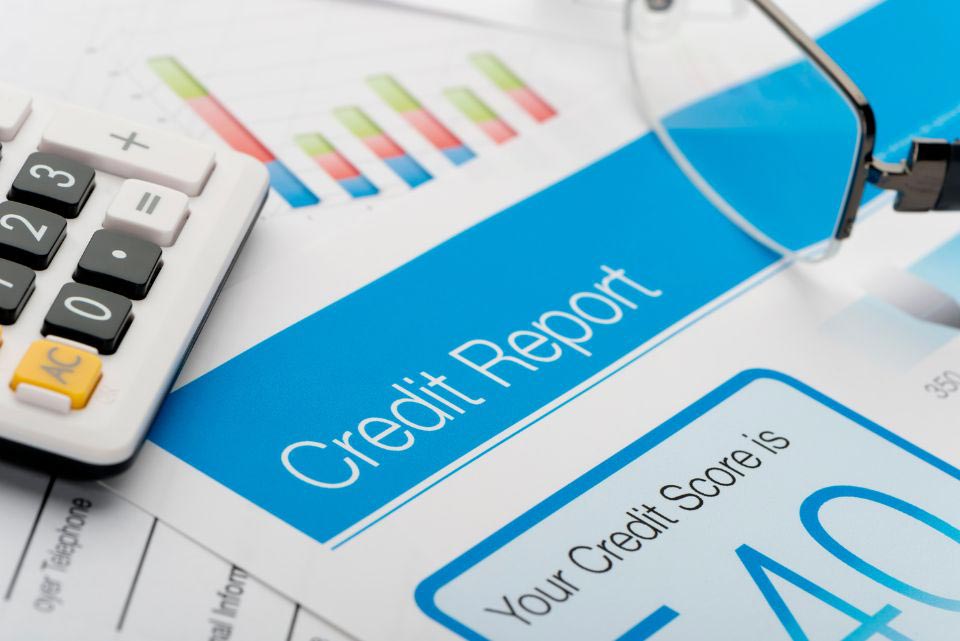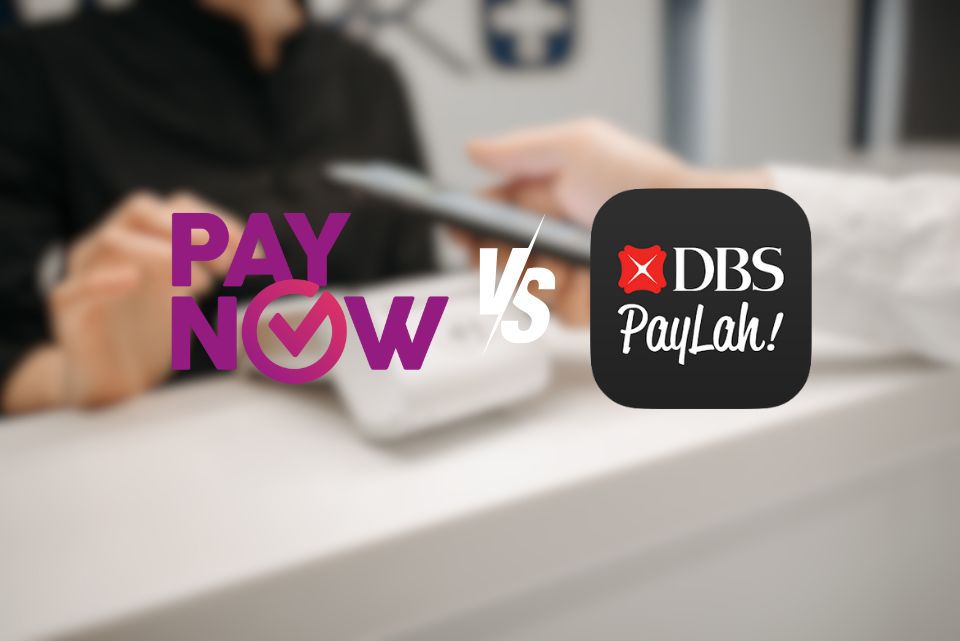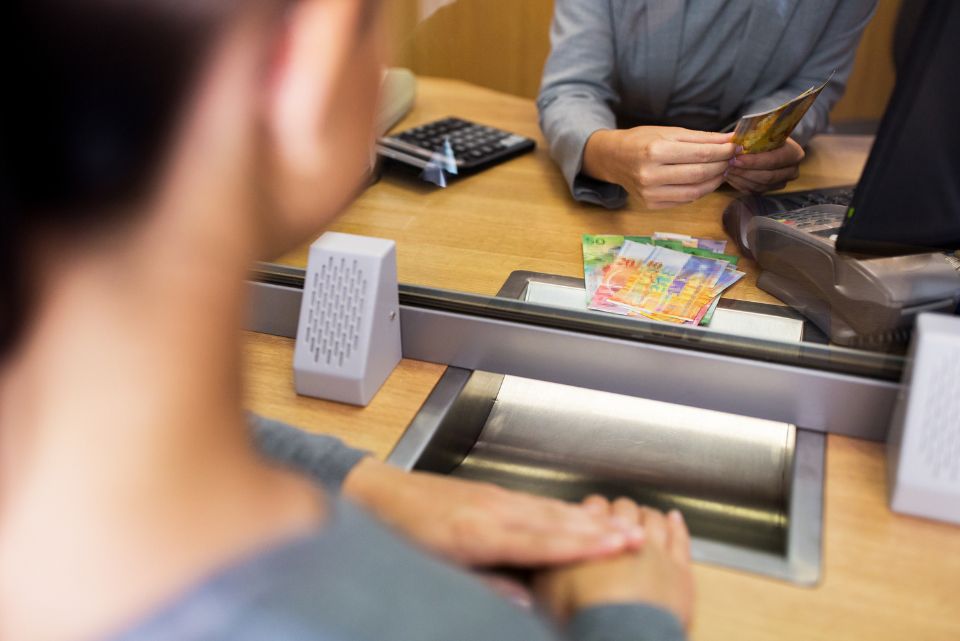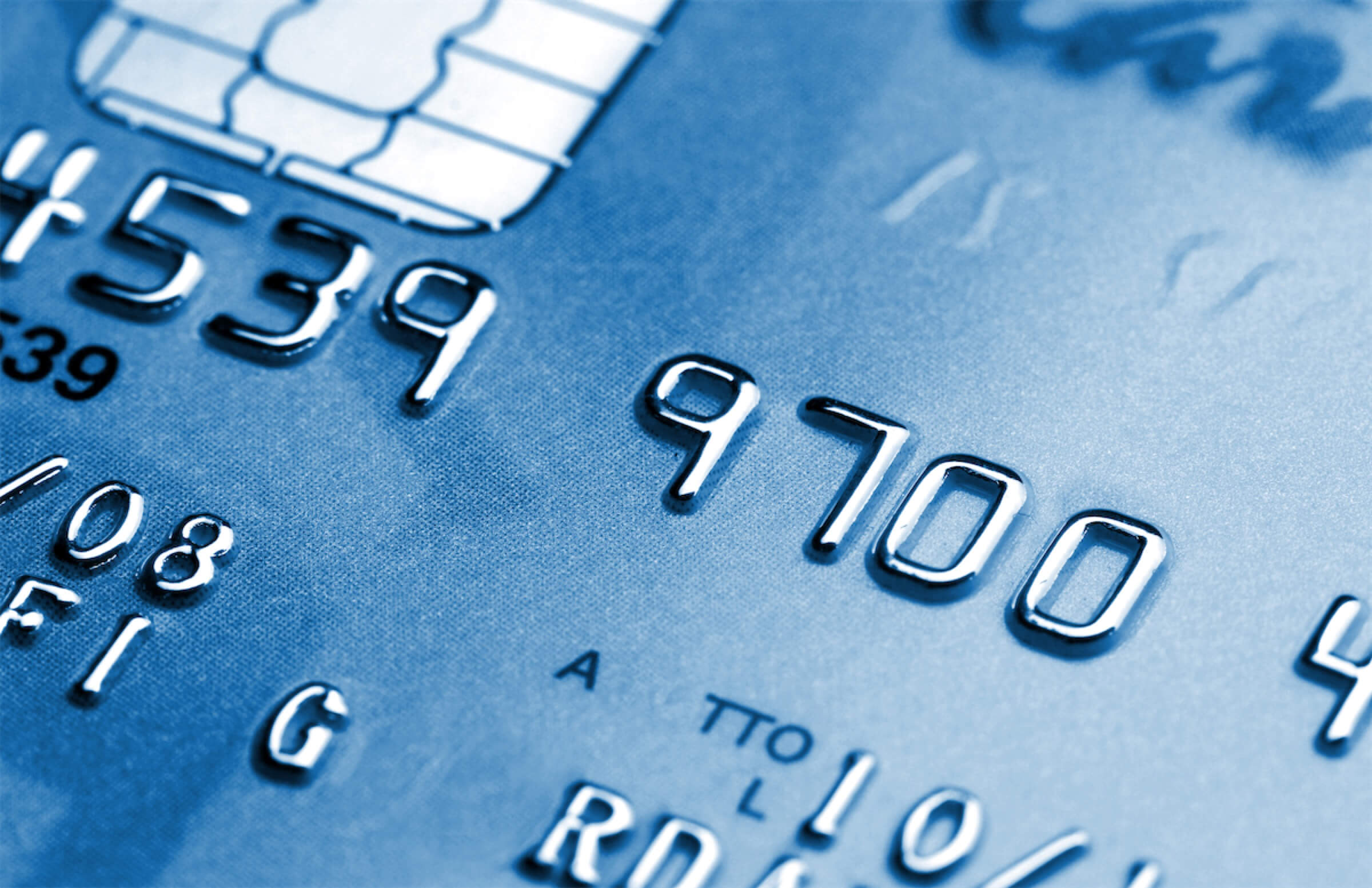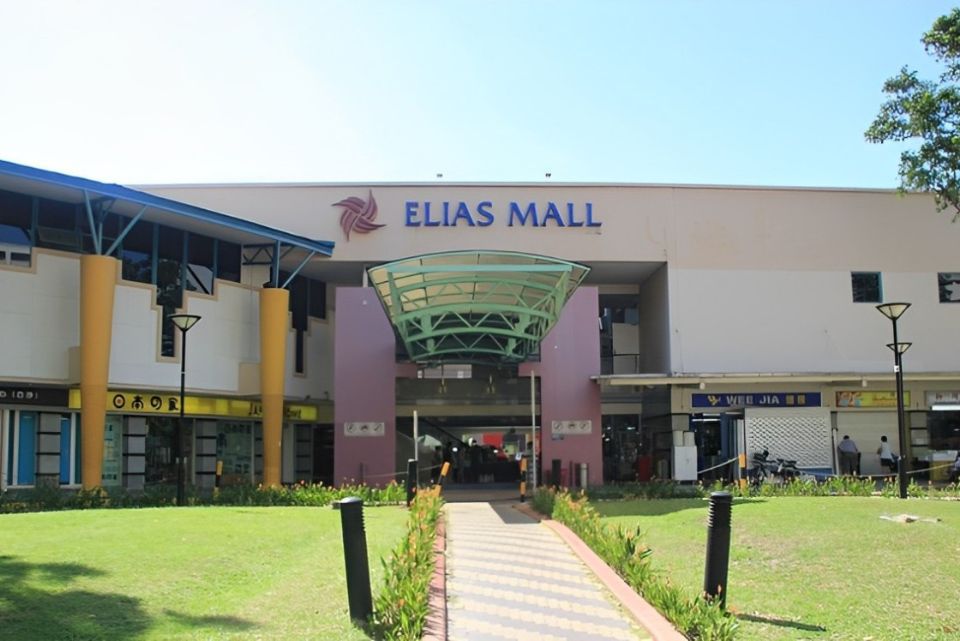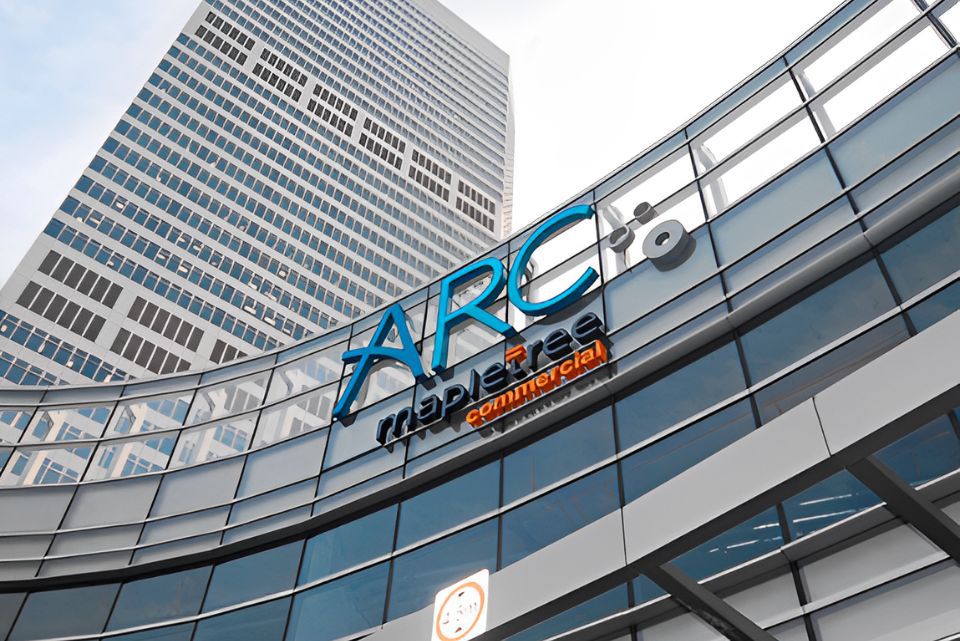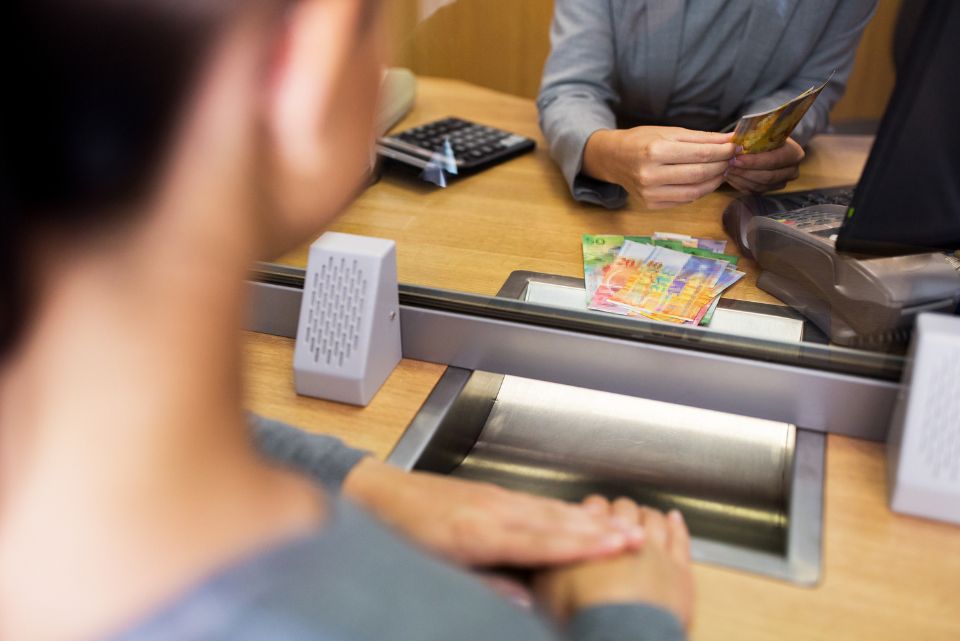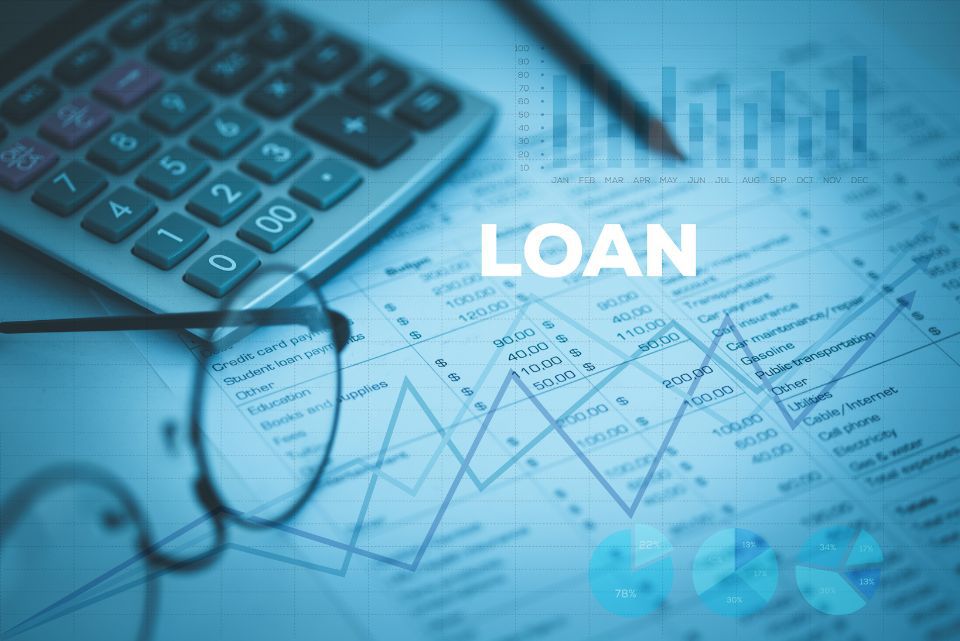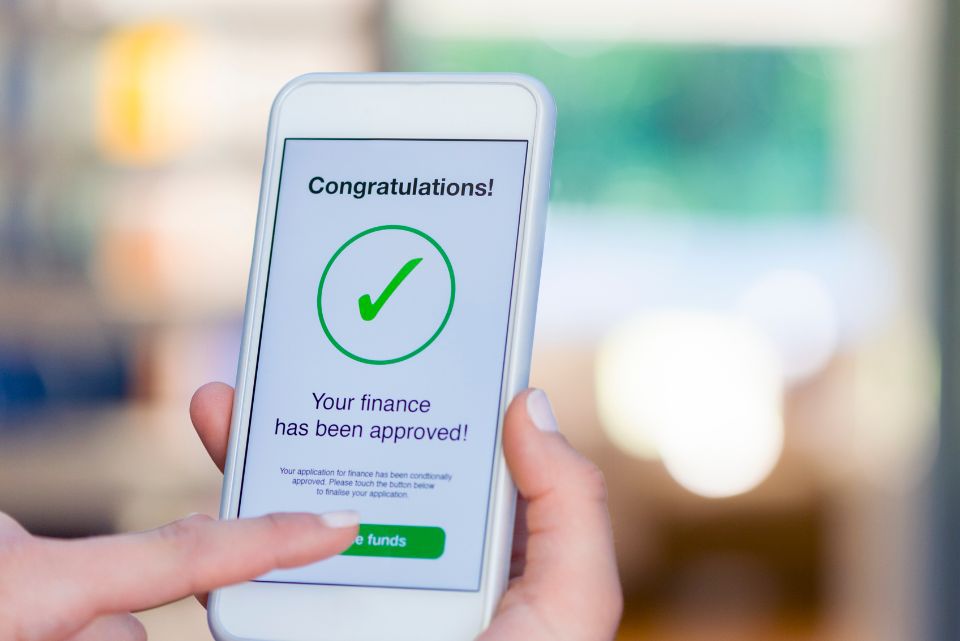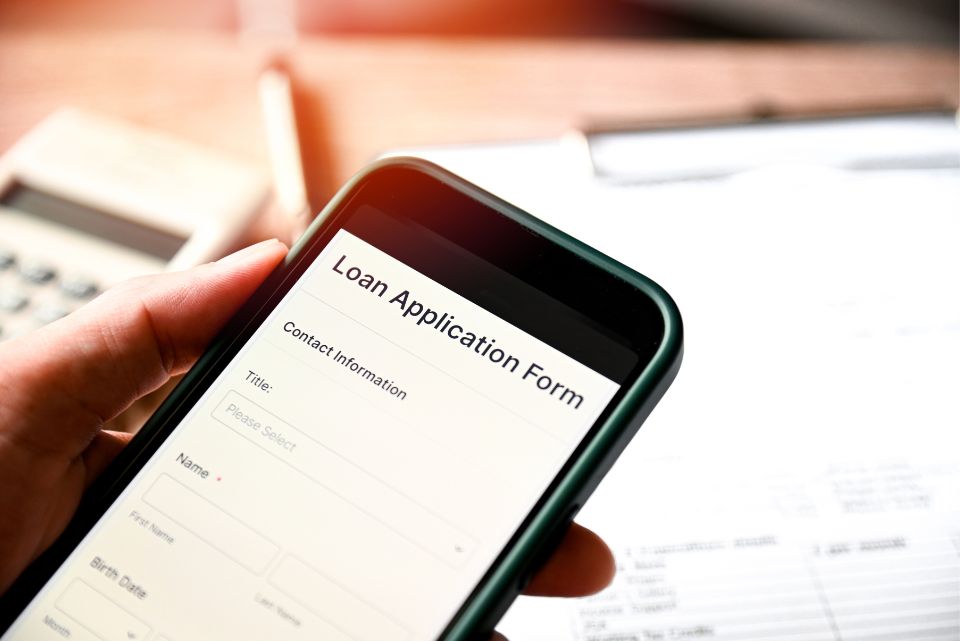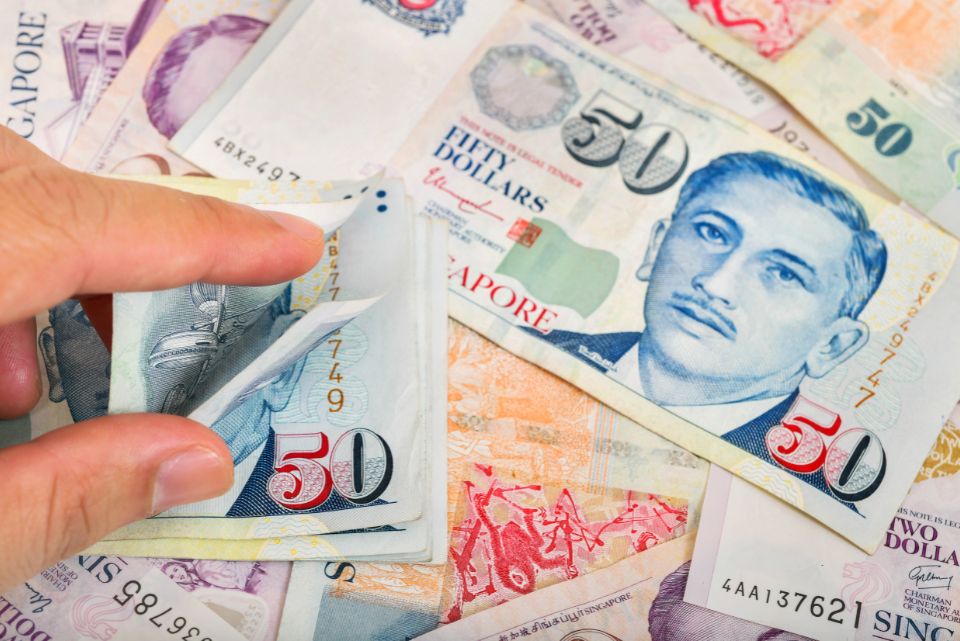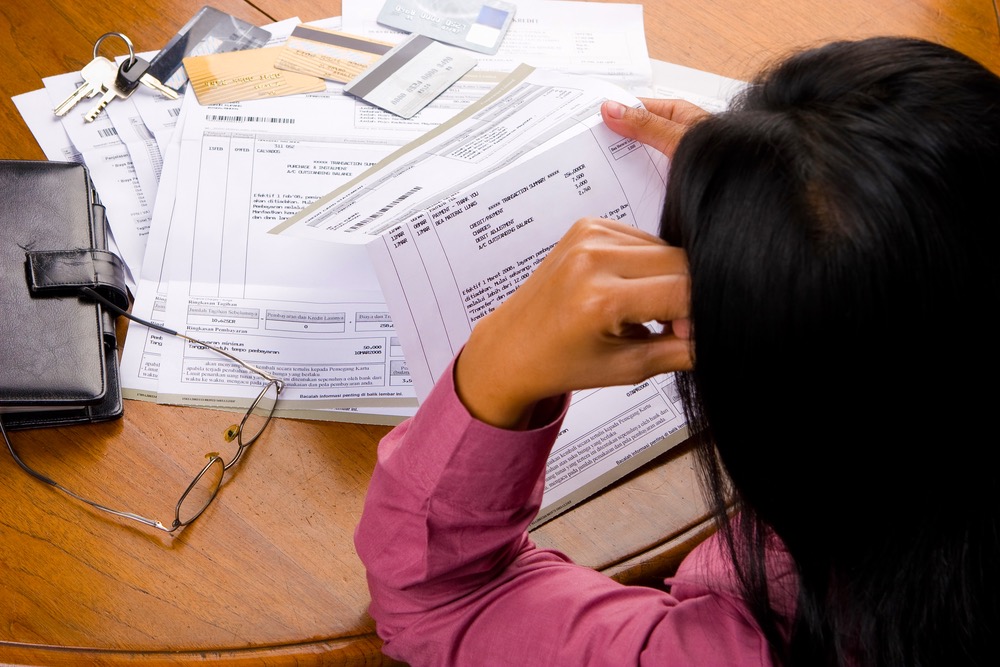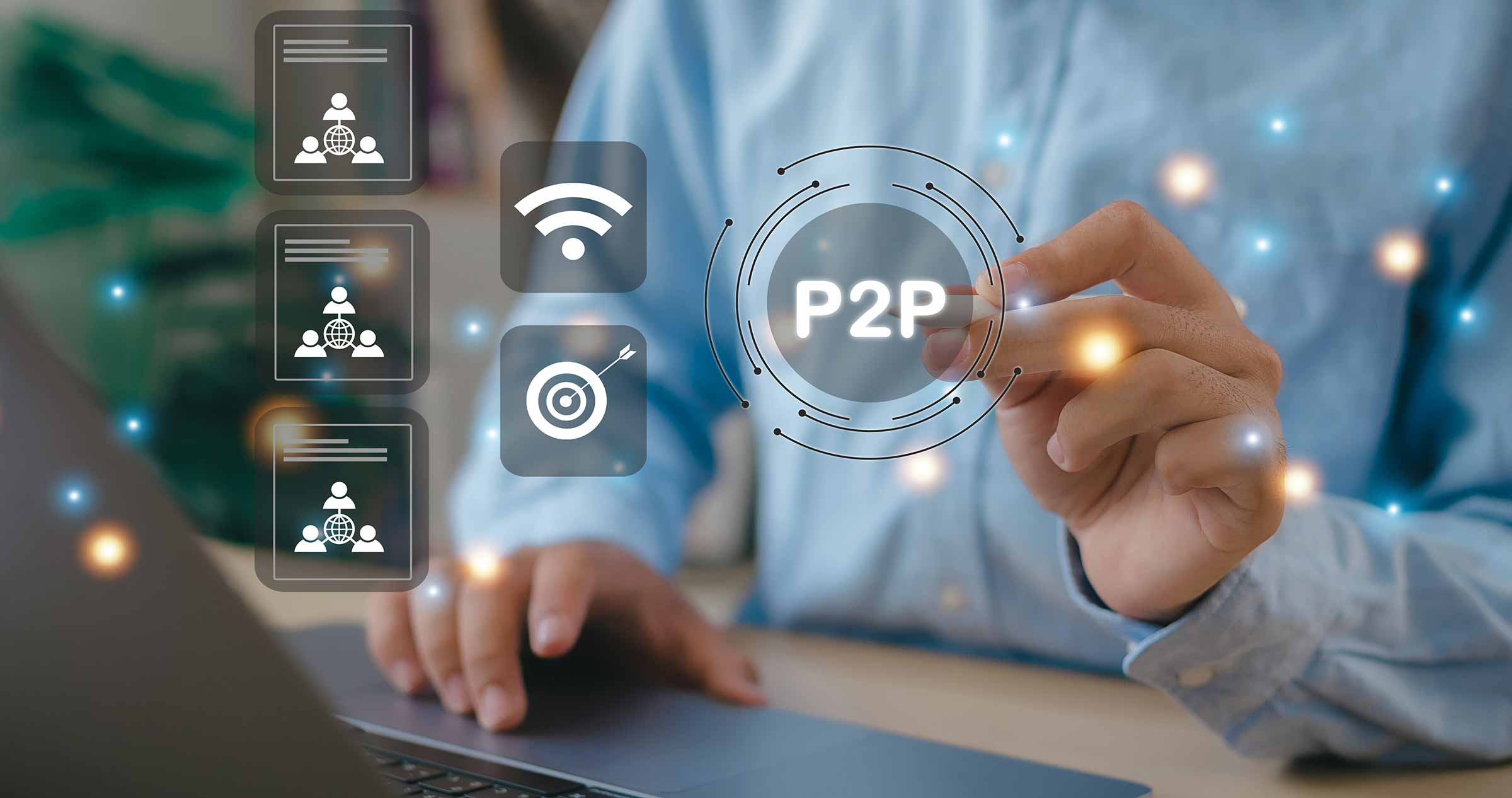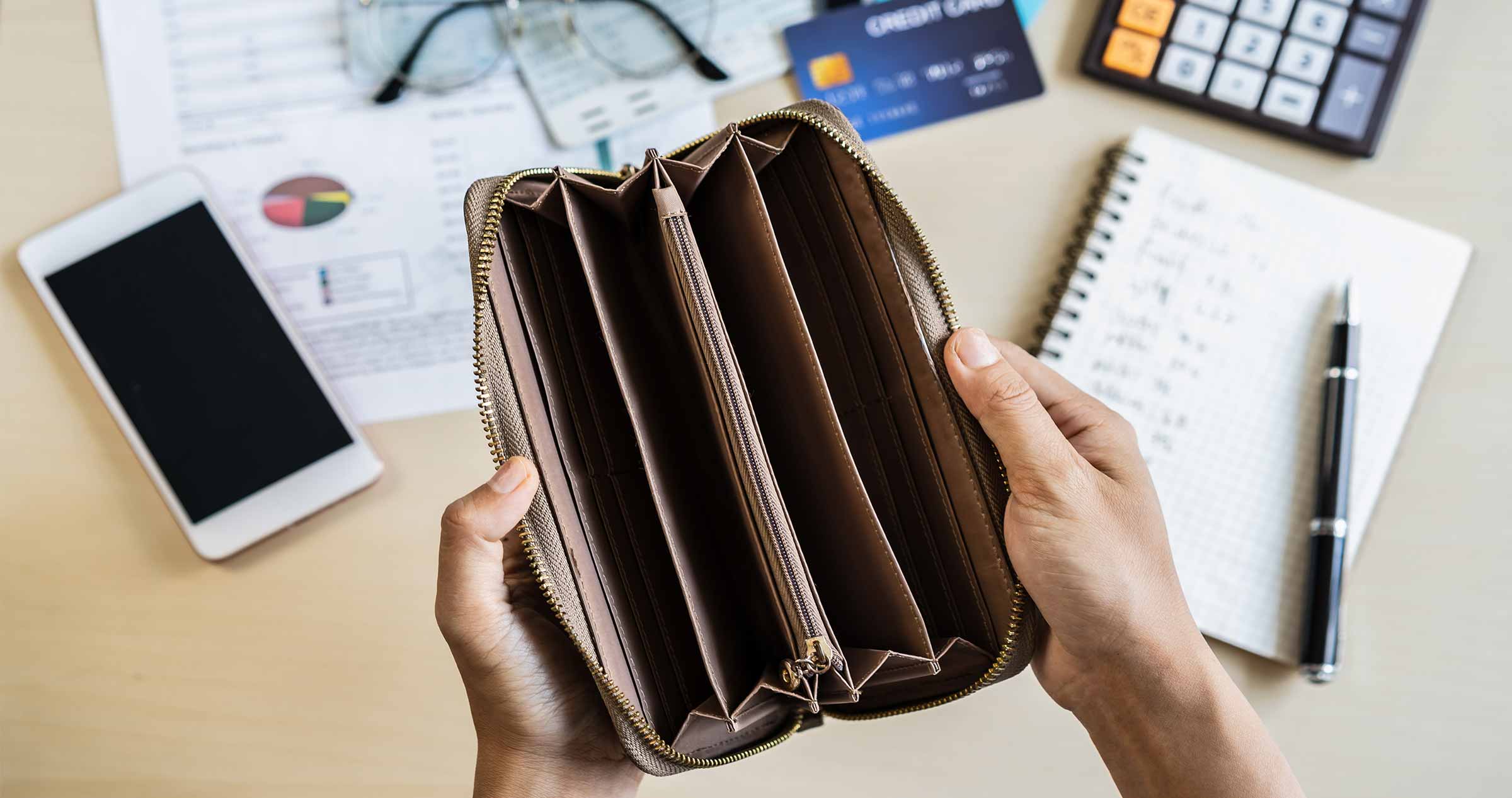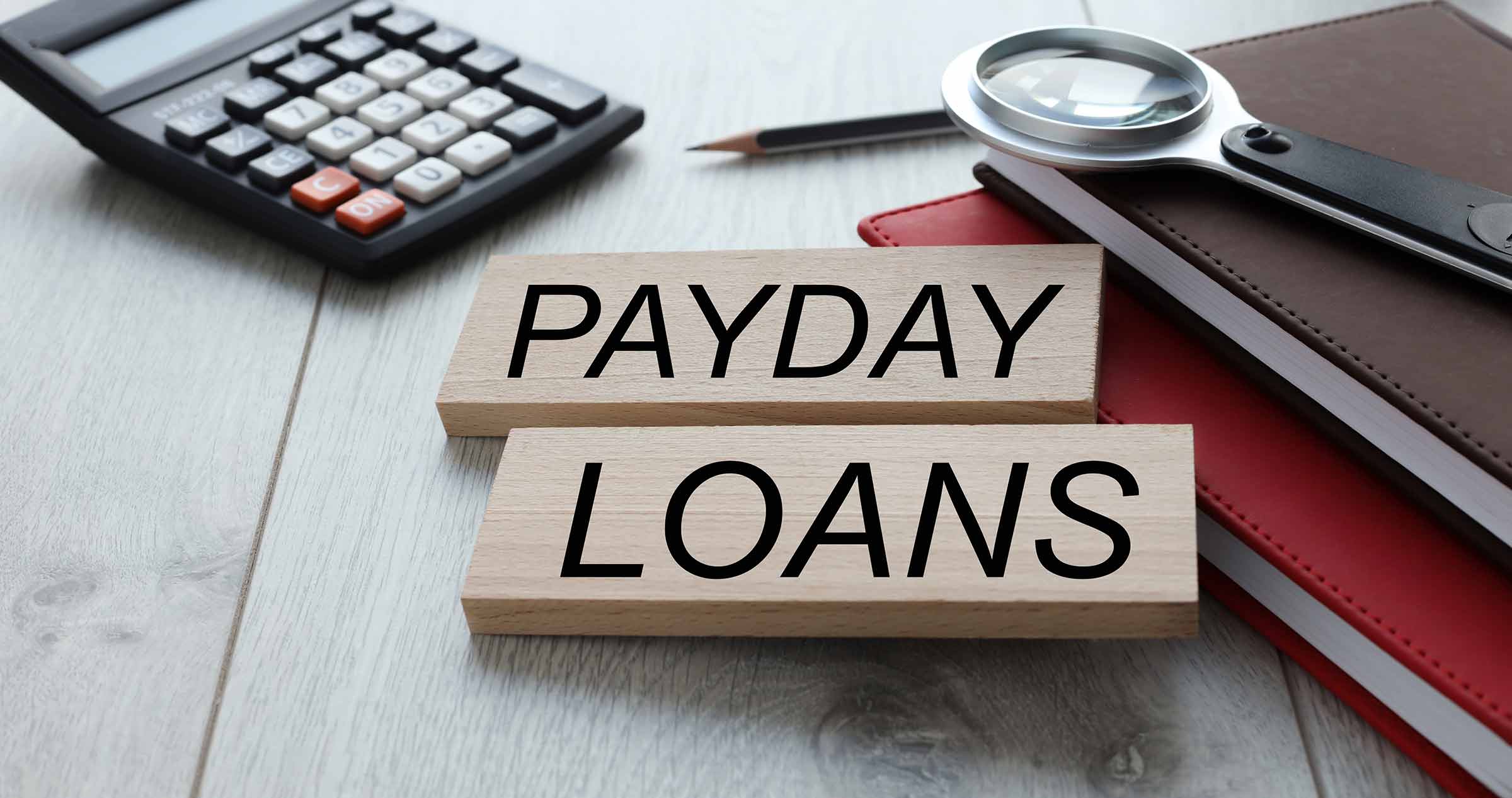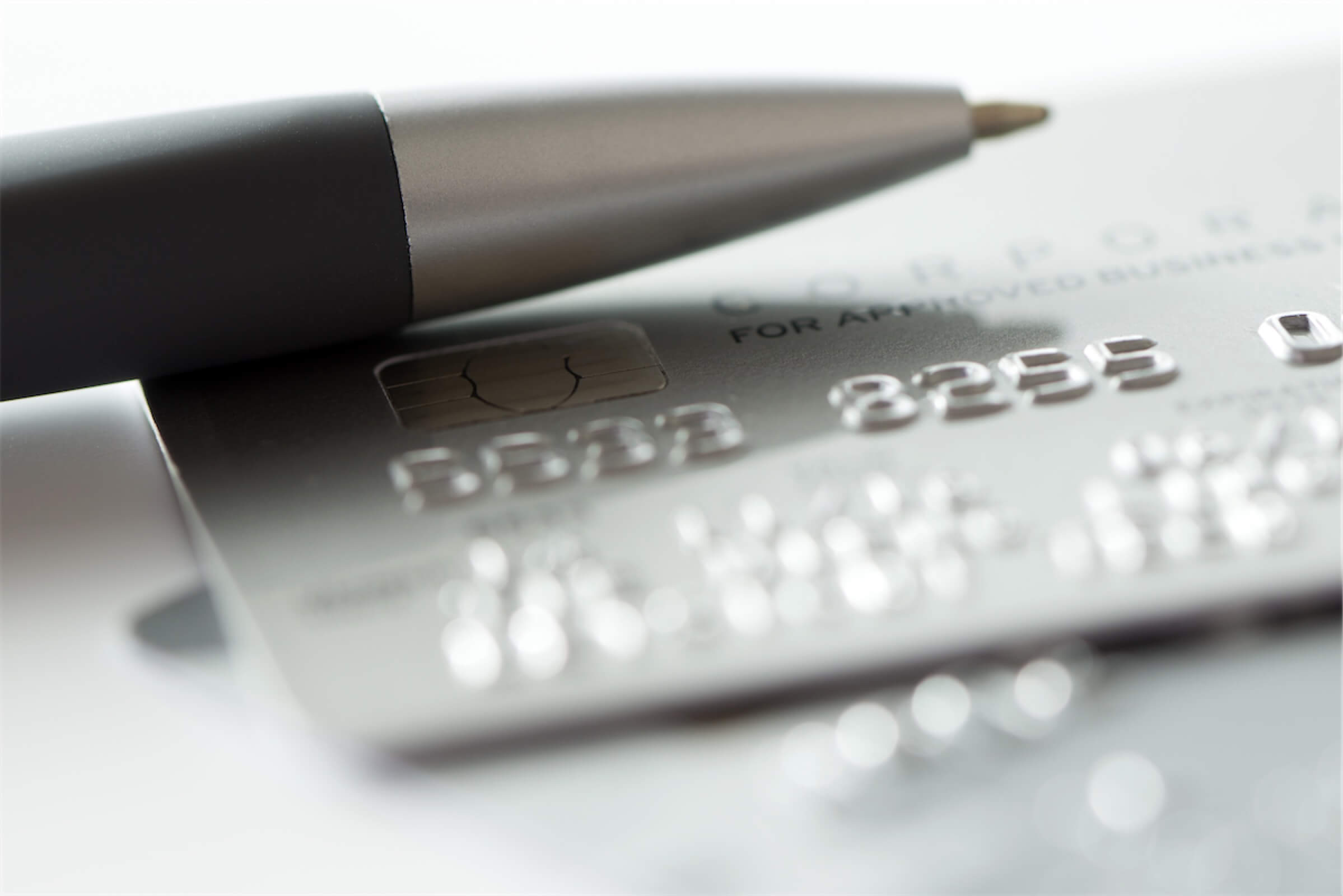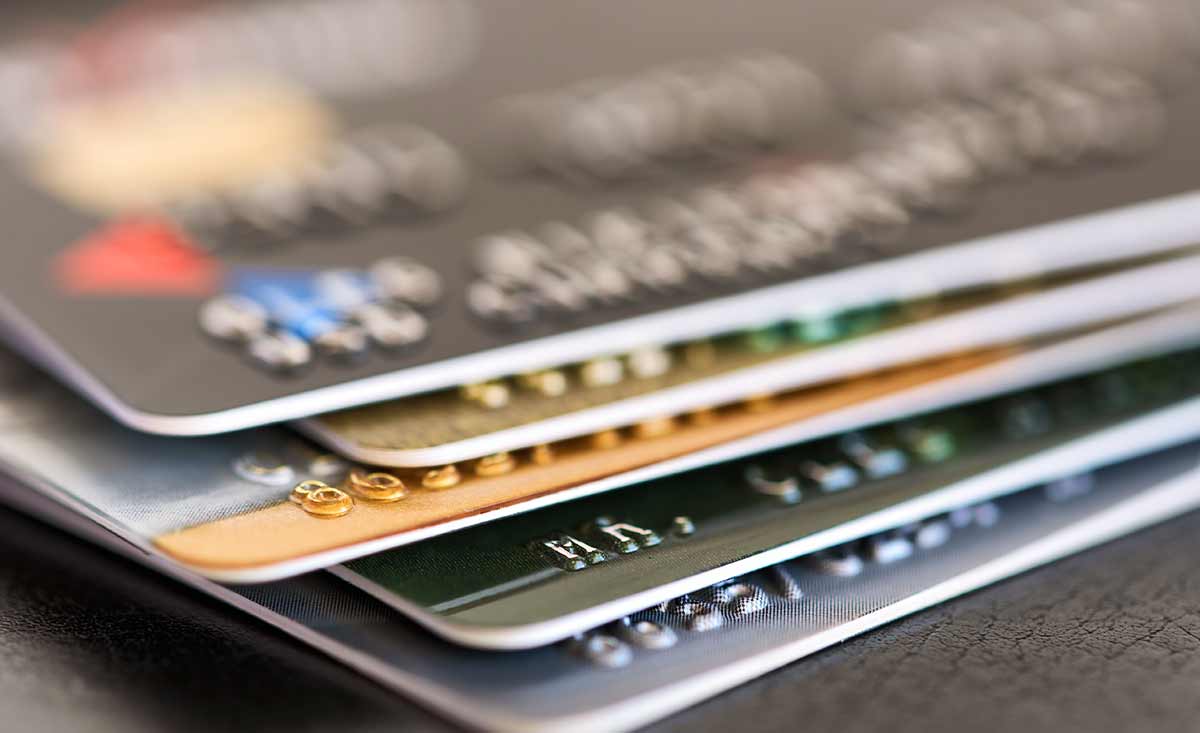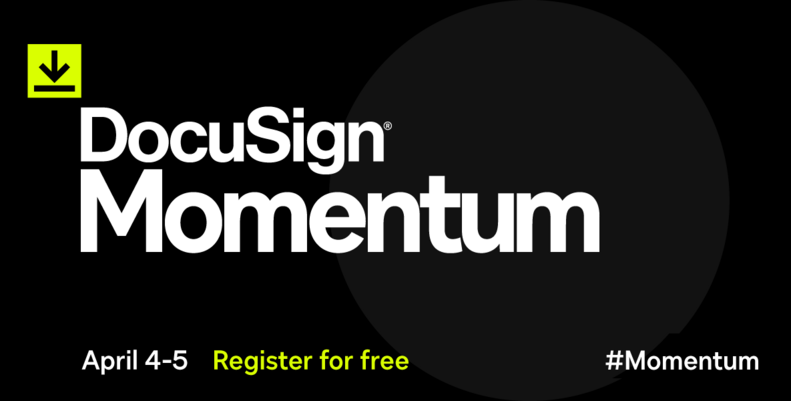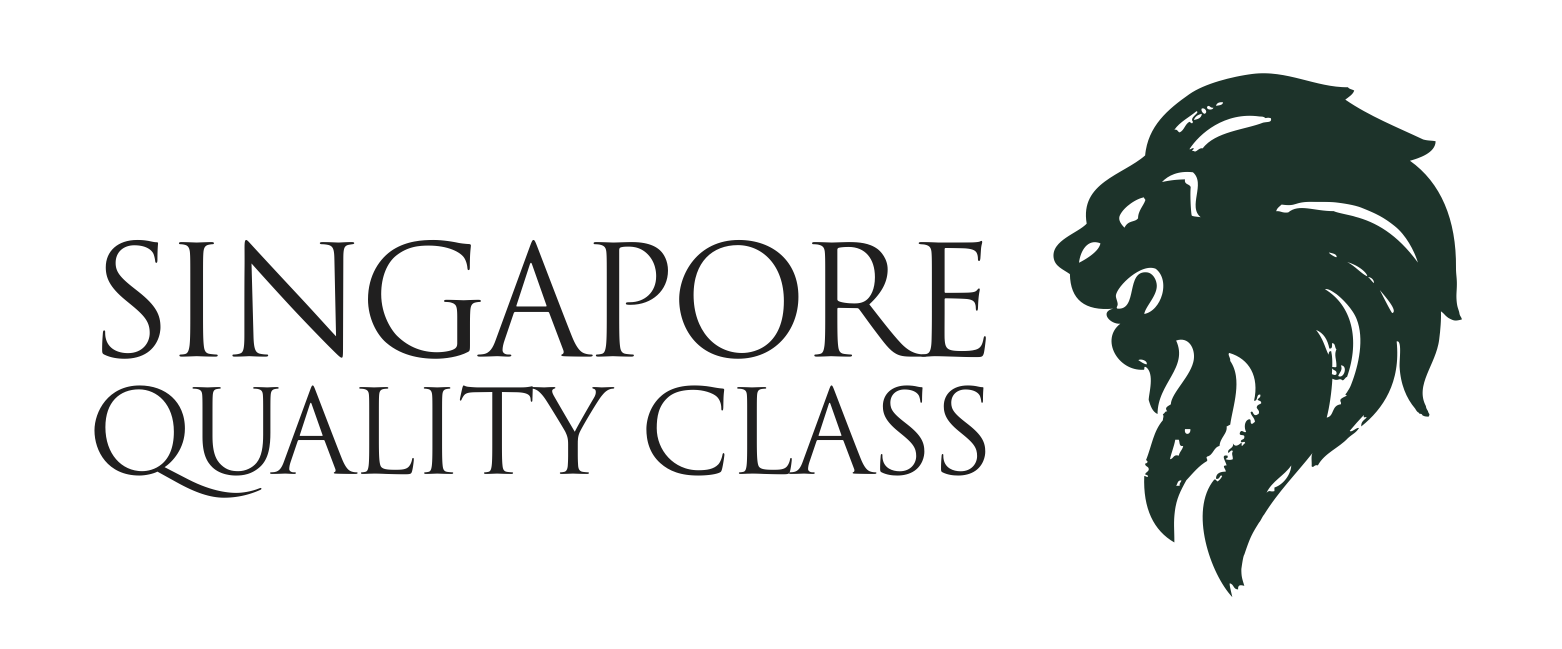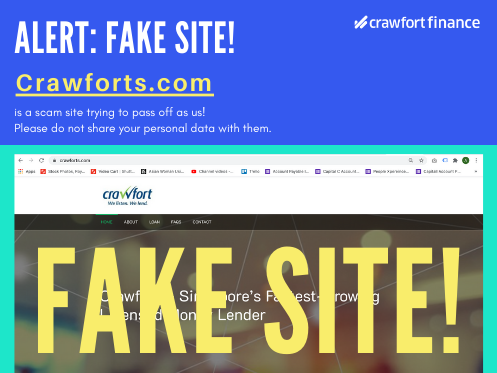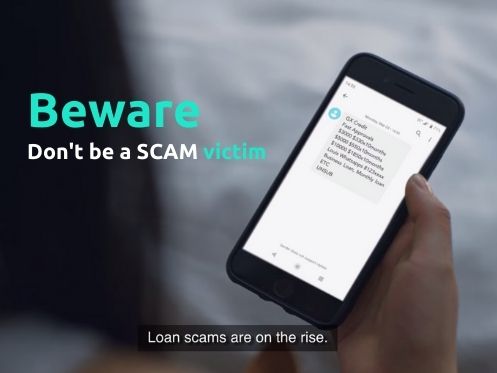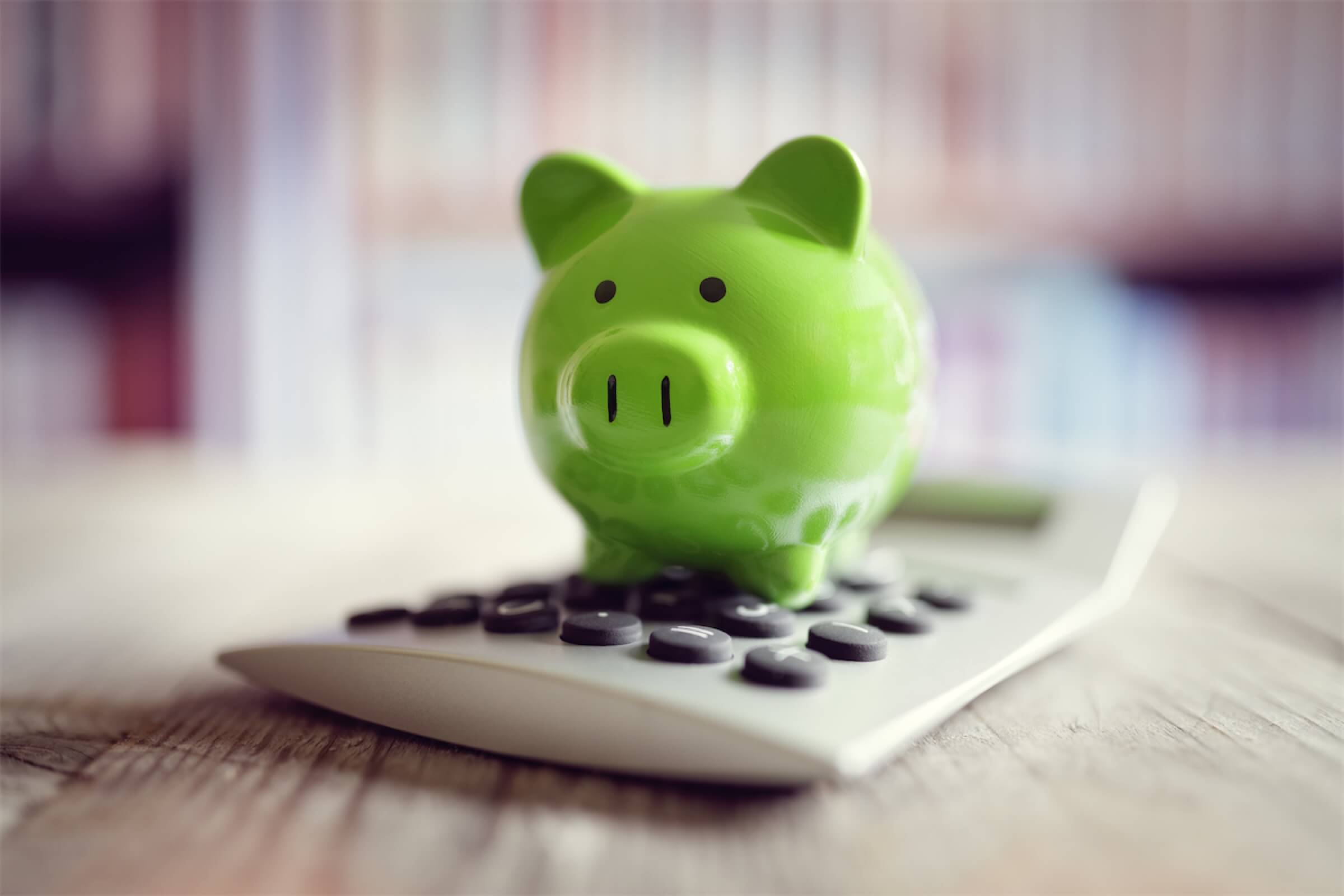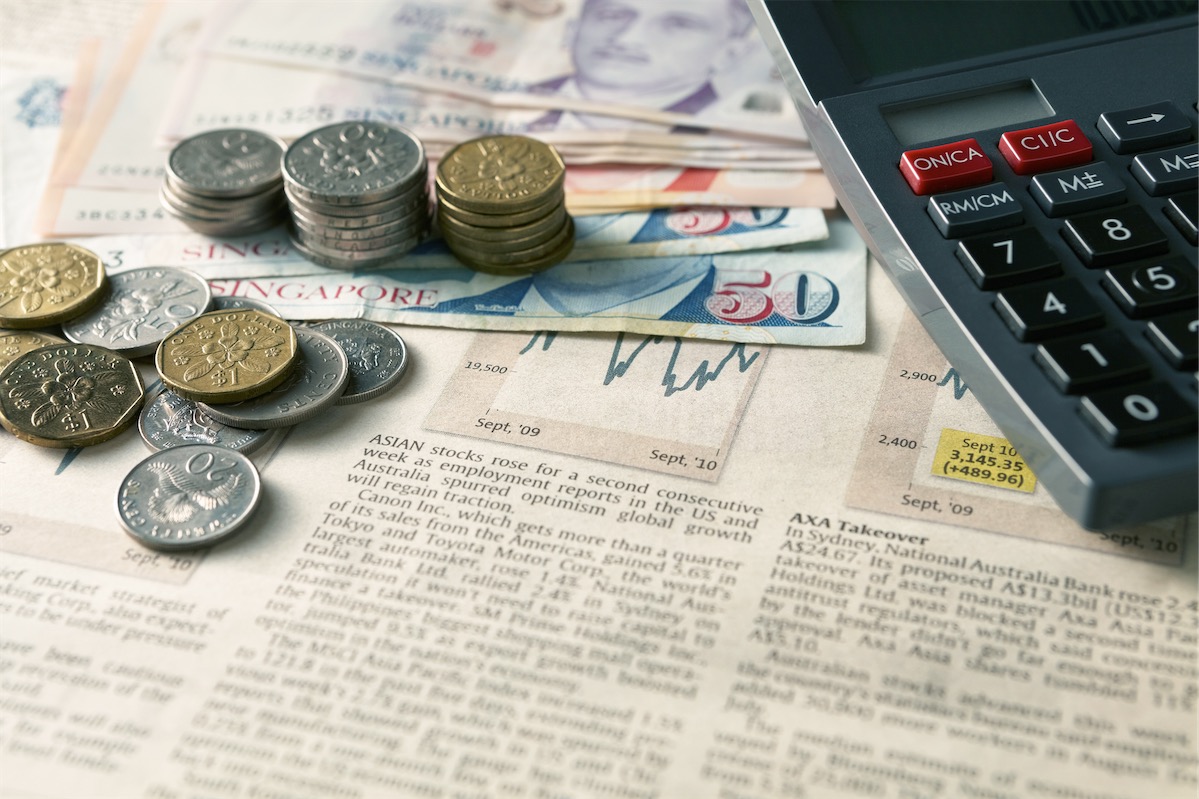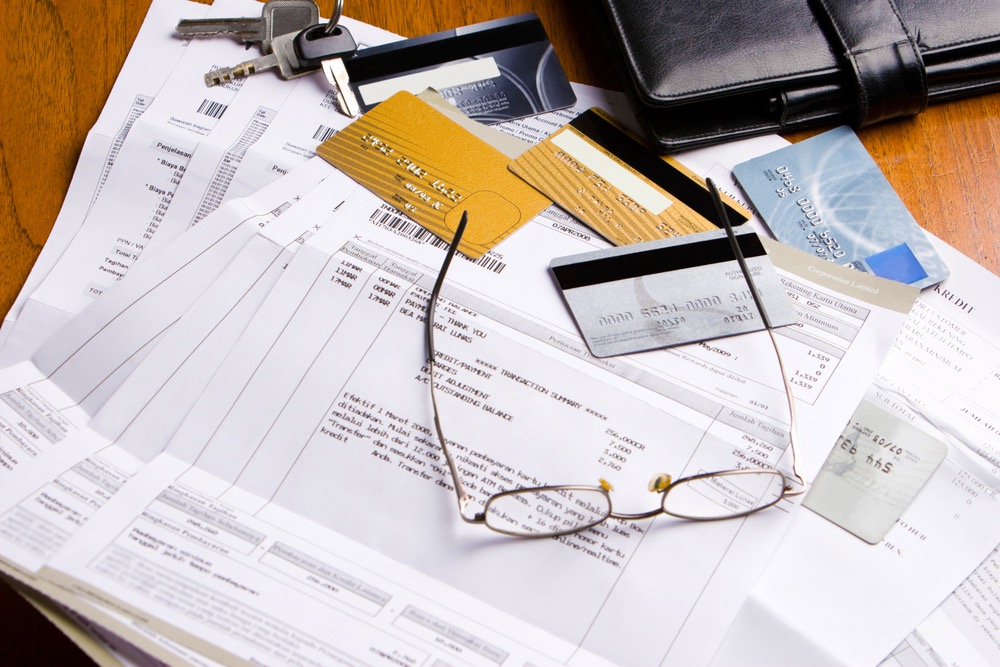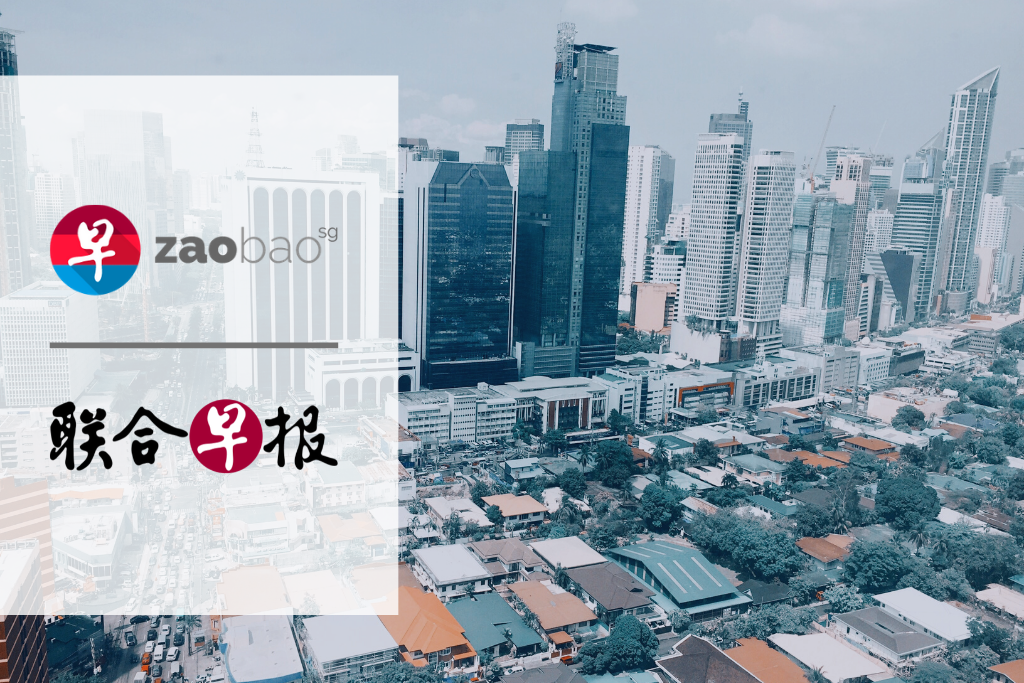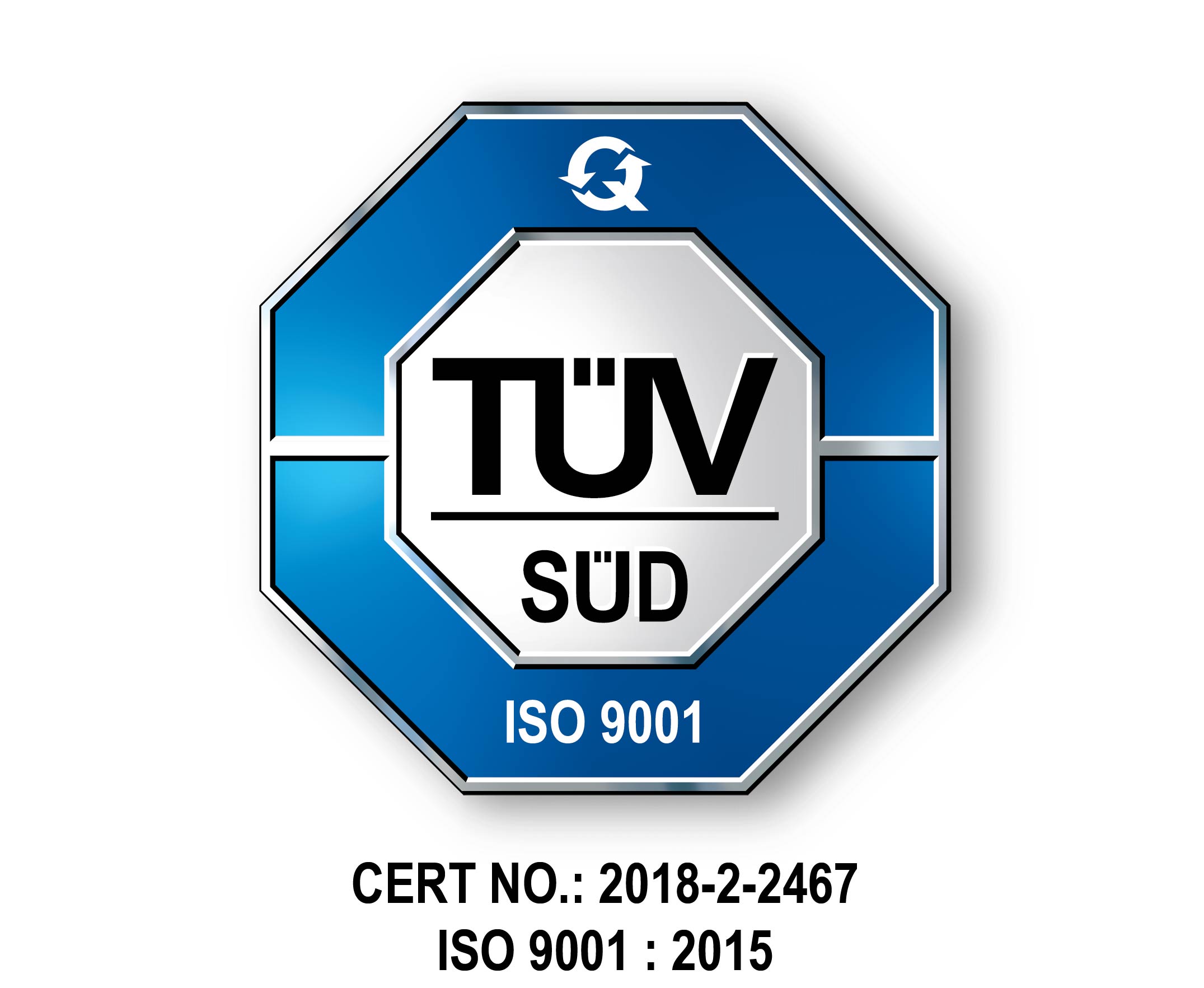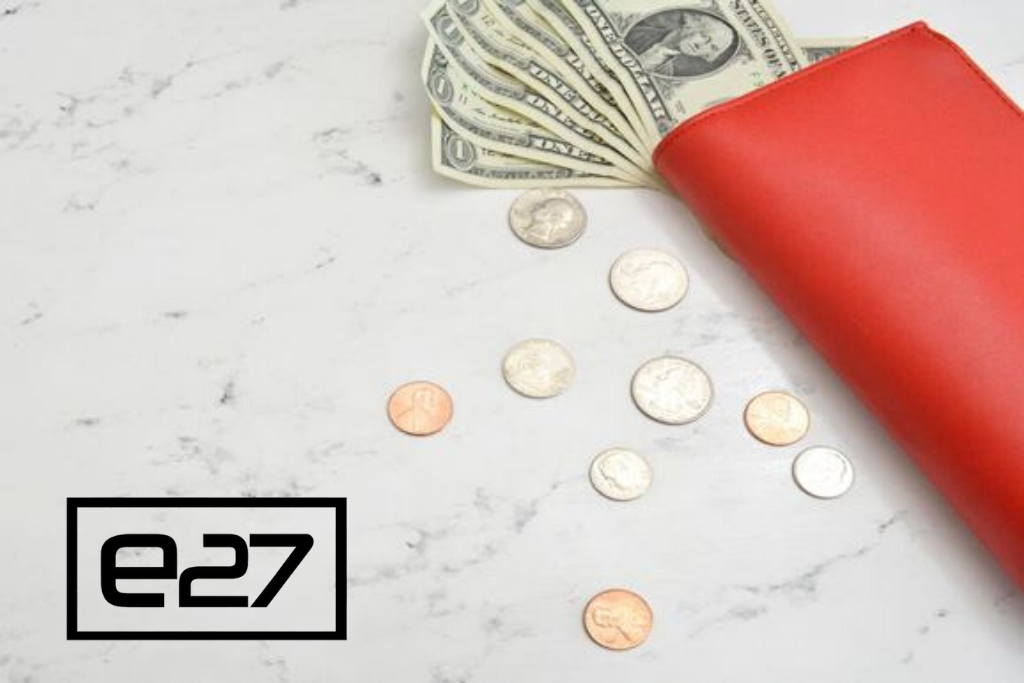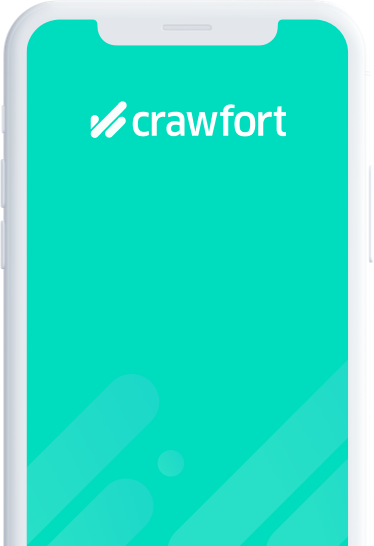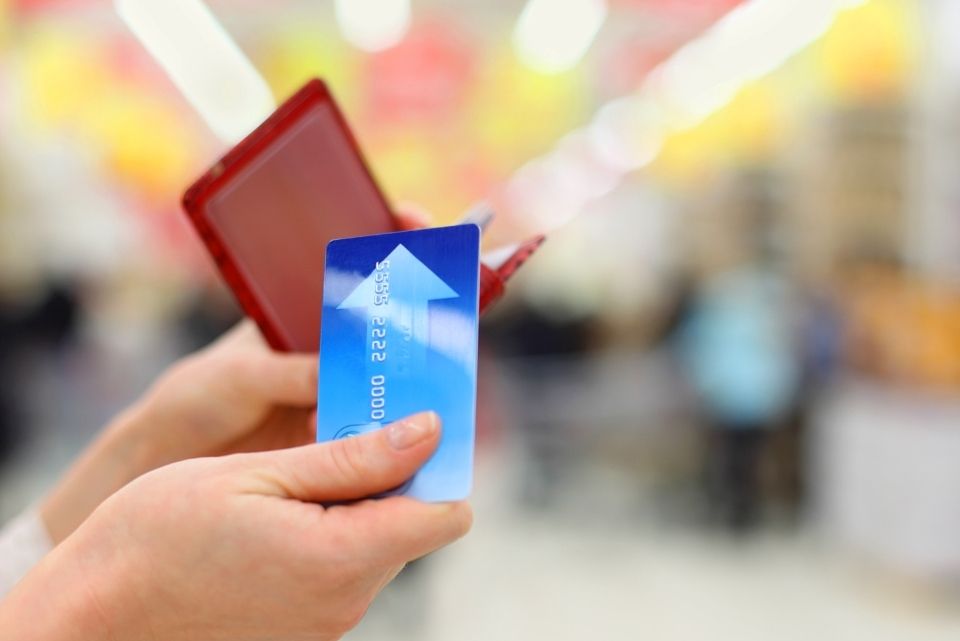
Credit cards offer incredible convenience, but it’s important to understand all their features. One feature you might want to avoid is the “cash advance.” Think of it like this: your credit card allows you to borrow money to buy things.
A cash advance is similar to taking out a loan, allowing you to receive cash directly. While useful in an emergency, it comes with a high cost in the form of cash advance fees. These fees, along with high interest rates, can quickly make a small amount of cash very costly.
Let’s dive deeper into why we generally recommend steering clear of cash advances and explore some alternatives.
How A Cash Advance Works
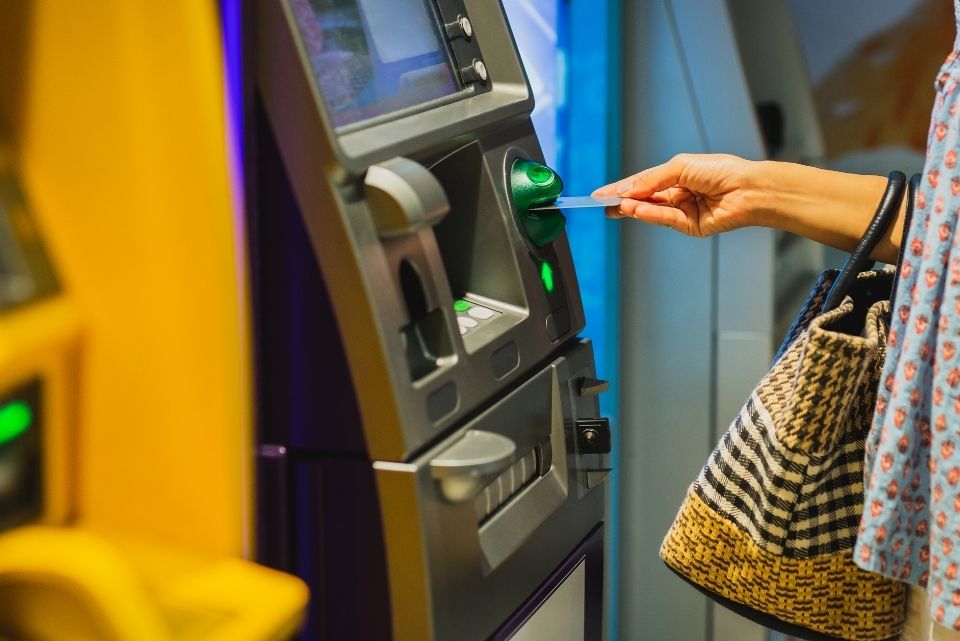
A cash advance allows you to access a portion of your credit card’s available credit as cash.
There are three primary ways to obtain a cash advance. You can use your credit card at an ATM just like a debit card, but remember to contact your card issuer beforehand to set up a PIN if you don’t have one.
Alternatively, you can visit a bank teller at a bank that works with your credit card company and request a cash advance over the counter with your credit card and a valid ID.
Finally, your credit card company might provide convenience checks, which can be used to withdraw cash or make purchases. However, be cautious with convenience checks, as they often carry hefty fees or promotional offers that might seem appealing initially but can be detrimental in the long run.
Cash Advance Limits
The amount you can withdraw with a cash advance depends on several factors:
- Card Issuer: Each credit card company sets its own rules and limits for cash advances.
- Credit Score: A higher credit score generally means you’ll qualify for a larger cash advance.
- Credit Limit: Your cash advance limit is typically a percentage of your overall credit limit. Some issuers have a separate, lower limit specifically for cash advances.
- Fees: Keep in mind that cash advance fees are deducted from the amount you can withdraw.
What You Need to Know About Cash Advance Fee?
Taking a cash advance on your credit card means you’re essentially borrowing money against your credit limit. Here’s a breakdown of the fees involved:
- Upfront Fee: Expect to pay a fee every time you take a cash advance. This is usually either a flat fee (e.g., S$15) or a percentage of the amount you withdraw (e.g., 6%). For smaller cash advances, the flat fee usually applies. For larger amounts, the percentage-based fee kicks in.
- Higher APR: Cash advances come with a higher annual percentage rate (APR) than regular purchases. This means you’ll accrue interest more quickly on the cash advance balance.
- No Grace Period: Unlike regular purchases, where you might have a grace period before interest starts accumulating, cash advances begin accruing interest immediately.
- Separate Balance: Your cash advance balance is kept separate from your regular purchase balance. This is important because the higher APR applies specifically to the cash advance amount.
While convenient, cash advances can be costly due to upfront fees and higher interest rates. It’s generally best to use them only when absolutely necessary and to pay off the balance as quickly as possible.
Important Considerations When Taking a Cash Advance
Cash advances can seem like a quick fix, but they come with potential pitfalls. Here’s what to watch out for:
1. Payment Allocation
One of the most crucial aspects of managing credit card debt, especially when it comes to cash advances, is understanding how your payments are allocated.
Minimum Payments and the Allocation Trap. When you make only the minimum payment on your credit card, the card issuer typically applies it to the balance with the lowest interest rate. This might seem logical at first, but it creates a problem when you have a cash advance.
Since cash advances carry a much higher APR than your regular purchases, the minimum payment does little to chip away at that costly debt. Instead, it primarily addresses your lower-interest balances, allowing the cash advance balance to linger and accrue more interest.
Taking Control with Targeted Payments. To avoid falling into this trap, you need to be proactive. If you have a cash advance, paying more than the minimum is essential. But it’s not just about paying more; it’s about where that extra payment goes.
Contact your credit card company and explicitly instruct them to apply any amount exceeding the minimum payment towards the balance with the highest APR—your cash advance. This targeted approach ensures you’re tackling the most expensive debt first, minimising interest charges and getting out of debt faster.
The Ideal Strategy: Eliminate the Advance Quickly. The best way to manage a cash advance is to pay it off entirely as soon as possible. This eliminates the high interest charges and prevents the debt from snowballing.
Even if you can’t pay it off in one go, prioritise paying it down aggressively by allocating as much extra money as you can afford towards the cash advance balance each month.
2. Hidden Cash Advances:
While it might seem obvious that withdrawing money from an ATM with your credit card is a cash advance, there are many other transactions that can be categorised as cash advances, even if you’re not directly getting cash. These “hidden” cash advances can catch you off guard and lead to unexpected fees and high interest rates. Here are some common culprits to watch out for:
- Lottery Tickets: Buying lottery tickets with your credit card is often considered a cash equivalent transaction and treated as a cash advance.
- PayPal and Similar Services: Be cautious when using services like PayPal to purchase cash equivalents such as gift cards. These transactions can be processed as cash advances, triggering those higher fees and APRs.
- Traveler’s Checks and Money Orders: Purchasing traveler’s checks or money orders with your credit card is another way you might inadvertently trigger a cash advance.
- Foreign Currency Exchange: Exchanging currency for travel using your credit card often falls under the cash advance category.
- Casino Gambling Chips: Using your credit card to purchase gambling chips at a casino is almost always treated as a cash advance.
3. Check and Understand the Fine Print
Credit card agreements are notorious for their dense and complex language, and the section on cash advances is no exception. It’s crucial to carefully examine this “fine print” before taking a cash advance, as the terms can vary significantly between credit card issuers and even change over time for the same card. Here’s what to look for:
- Fees: Identify all potential fees associated with cash advances. This includes upfront fees (often a percentage of the amount withdrawn or a minimum dollar amount), as well as any potential ATM fees if you’re withdrawing from a machine not affiliated with your card issuer.
- Interest Rates (APR): Pay close attention to the APR for cash advances. It’s almost always significantly higher than your regular purchase APR. Understand how the interest is calculated (e.g., daily vs. monthly) and when it starts accruing (there’s usually no grace period for cash advances).
- Cash Advance Limit: Determine your cash advance limit, which might be lower than your overall credit limit.
- Repayment Terms: Check if there are any specific rules regarding cash advance repayment. Some cards might have different minimum payment requirements for cash advances compared to regular purchases.
- Promotional Offers and Their Implications: Be wary of promotional offers related to cash advances, such as introductory periods with lower APRs. These offers often have specific terms and conditions that might not be beneficial in the long run. Understand the duration of the offer and what the APR will be once the promotional period ends.
4. Understanding the High Costs
- Banks impose high fees and interest rates on cash advances due to the increased risk they carry.
- Unlike purchases, where the bank can potentially recover losses through repossession, cash advances offer no such security.
The Bottom Line
Cash advances can be a convenient way to access quick cash, but they come with a hefty price tag. High fees and increased interest rates make them an expensive option compared to regular credit card purchases.
It’s crucial to understand the potential pitfalls, including hidden cash advances, payment allocation traps, and the importance of reading the fine print in your credit card agreement.
Before considering a cash advance, explore alternative solutions like personal loans, borrowing from friends or family, or using a line of credit. If a cash advance is unavoidable, aim to pay it off as quickly as possible to minimise interest charges and avoid debt accumulation.
By being aware of the costs and risks involved, you can make informed financial decisions and avoid the potential drawbacks of credit card cash advances.
Do you need an instant loan? Apply now for a personal loan with Crawfort. It only takes 8 minutes to get your loan application approved.









